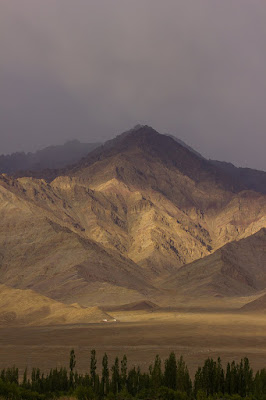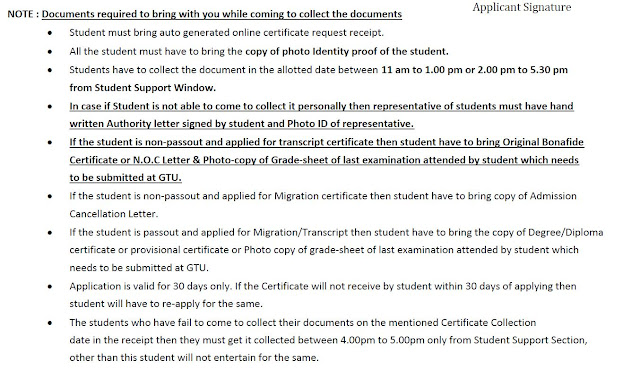Birding and wildlife in Ladakh - Chapter 1
Ladakh - The land of passes
Ladakh is a remote region located on the north western part of trans Himalayan region. It lies between two mighty mountain ranges - great Himalayas and Karakorum. It is a cold desert having a short and pleasant summer while the winters here are extreme with temperatures dropping below -15 degree Celsius is quite common. It is the least populated area in the entire Indian subcontinent. Majority of ladakh inhabitants are Buddhist. In this article, I am going to share my experience around the eastern ladakh which includes wildlife hotspots like shey marshes, pangong-tso, Hanle, Puga and tsokar. I am documenting my experience almost after a year from my visit so I am likely to miss out on some information.
Wildlife in ladakh has adapted to extreme and harsh climate. In the summer months, wildlife is observed at high altitudes while during the winter months, wildlife can be observed at lower altitudes. There is a wide variety of wildlife found in this region of Indian subcontinent. I went to ladakh wildlife tour with wildark ran by Vipulbhai and Catherine.I have been with them for 3 tours in a year and I have never been disappointed so people interested in such tours should contact them on their facebook or instagram handle.
Best time to visit ladakh
Ladakh has relatively smaller summer window from June to August. Ladakh is buzzing with tourists during the summer months. Ladakh is famous for its natural beauty and culture. Ladakh is also among the top biking destinations in India.
Reaching ladakh
There are 2 major ways to reach leh, the capital of ladakh.
- By road either from Jammu or from Manali
- Direct flight to Leh
I went to ladakh via flight. Early morning flight will reach ladakh around 8:30 - 9 AM.
Acclimatization
Acclimatization is one of the most important things when visiting ladakh. Major tourist attractions and wildlife hotspots are located above 10,000 feet which make us vulnerable for high altitude sickness. This is particularly important if you reached Leh by air. Our guide recommended us to take at least a couple of days rest before hitting the road. Giving ample rest and limiting physical activity for the first couple of days will prepare you for the longer trip around ladakh region. There are some medications available which helps and in addition to that camphor can also help you. More details can be found here.
Clothing
It is very important to equip yourself with proper clothing for a good and comfortable journey through ladakh. Temperature can easily drop to single digit in the nights and early mornings. I was equipped with north face puffer jacket which is lightweight and did help me in cold ladakh climate. In addition to that, I had a pair of thermal, woolen socks, woolen socks and gym gloves(I use them while photographing). Proper clothing will help you stay warmer and ensure a nice and comfortable outdoor experience.
Day 01 - In search of ibis bill
 We reached Ladakh in the morning around 9 o’clock. After collecting our luggage, we went straight to the hotel. We were a little early for the check in so we decided to take a quick tea before the room gets ready. After taking some rest, we gathered for lunch where we discussed our tentative plan for the first couple of days.
We reached Ladakh in the morning around 9 o’clock. After collecting our luggage, we went straight to the hotel. We were a little early for the check in so we decided to take a quick tea before the room gets ready. After taking some rest, we gathered for lunch where we discussed our tentative plan for the first couple of days.
After taking some rest, we headed out for our first birding session of the trip. We were strictly instructed to minimize physical activity and inform our guide/mentors in case of any discomfort. We went to a place close to Leh city in search of ibis bill. After scanning the area a few times we could not spot the bird. We kept scanning the riverbed as we go. After some time something flew off the ground and out of nowhere I had a lifer - ibisbill. The bird was so well camouflaged that it was virtually impossible to spot it.
Luckily we saw where that bird went so we approached slowly and setup the spotting scope. All group members observed the bird for some time and after that we decided to approach the bird. After moving forward slowly, somehow we lost the bird could not spot it. We spent the rest of the evening spotting ibisbill again but we could not find an individual that day.
Day 02 - Birding at shey marsh, sindhu ghat and preparing for a journey to remote ladakh
 The day started at around 5:45AM. We were on our way to sindhu ghat before the sun rise. After reaching sindhu ghat, we were slowly walking around to find different high altitude bird species. We were able to spot citrine wagtail, rose finches, snow finches, Eurasian magpie around that region. In addition to photographing birds, we were able to capture some good landscapes as well.
The day started at around 5:45AM. We were on our way to sindhu ghat before the sun rise. After reaching sindhu ghat, we were slowly walking around to find different high altitude bird species. We were able to spot citrine wagtail, rose finches, snow finches, Eurasian magpie around that region. In addition to photographing birds, we were able to capture some good landscapes as well.
After spending a couple of hours around sindhu ghat, we headed towards shey marshes. We were able to see few waterbirds(coots most likely) but we decided to move forward to find other species of birds. We found mostly same species as sindhu ghat with addition of shrikes. Light becomes too harsh for photography in ladakh after 9 AM. So after spending some time at shey marshes, we went back to our hotel. We had a quick tea at the hotel.
In the afternoon, we were out shopping in the leh market. It is very important to have food frequently at these high altitude remote places. Hydration is also very important. It is highly recommended to stay away from alcohol. We bought a lot of stuff for our week long journey to the places far away from Leh city. We bought a lot of chocolates, toffees, chikki and different variety of biscuits.
After a quick nap, we were out for our evening session. We went to the same spot as the first day where we spotted ibis bill. We spotted the bird flying by us and just got lost far off from where we were. Entire evening was spent on spotting ibisbill but we were not able to spot other individual on that evening.
Summing Up couple of days in ladakh
It is important to have ample rest for acclimatization when you reach Leh by air. Sindhu ghat and shey marshes are good starting point for birding around Leh. First few days also allows you to get prepared for exploring remote places in ladakh region. We will continue our journey to other parts of ladakh which includes pangong tso, hanle and tso kar in the future blogs.







Comments
Post a Comment